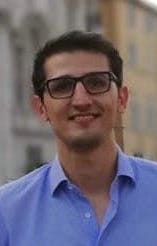A Quantitative Theory of the City-Size Wage Premium
-
Macro Lunch
PCPSE Room 101
United States
ABSTRACT:
Why are wages higher in larger cities? In this paper, I revisit this long-standing question using a quantitative theory that addresses both the level and the life-cycle behavior of wage differentials across cities. The theory is based on the hypothesis that a larger labor market facilitates the creation of more productive firm-worker matches. In addition, larger cities promote the exchange of ideas between workers, which accelerates the process of human capital accumulation. These two channels generate, and are amplified by, sorting of high-skilled workers into larger cities. The model is estimated using a panel of US workers that are observed for the first 20 years since they enter the labor force. The parameter estimates are consistent with the existence of both a matching and a knowledge diffusion channel. The latter operates in a horizontal fashion - i.e. workers learn from every other worker they might interact with - and through vertical learning, as less skilled workers accumulate human capital at a faster rate. I quantify the relative contribution of matching efficiency and knowledge diffusion, and show that the former is responsible for about two thirds of the wage premium at labor market entry. Knowledge diffusion is the main determinant of the increase in the premium over the life-cycle, as it accounts for almost three quarters of the widening in the wage gap after 20 years of work experience. Key to faster human capital accumulation in larger cities is their ability to attract high-skilled workers, who provide better learning opportunities to others.
